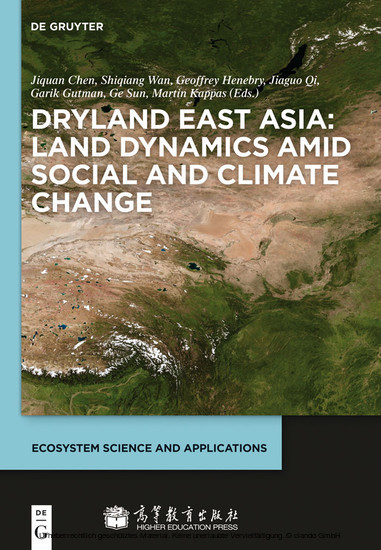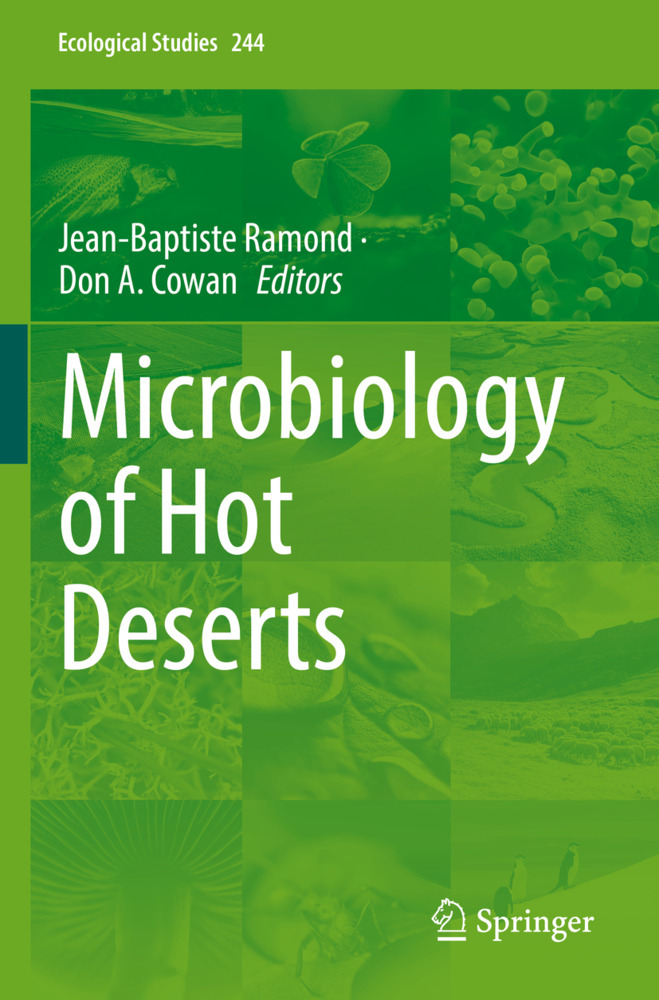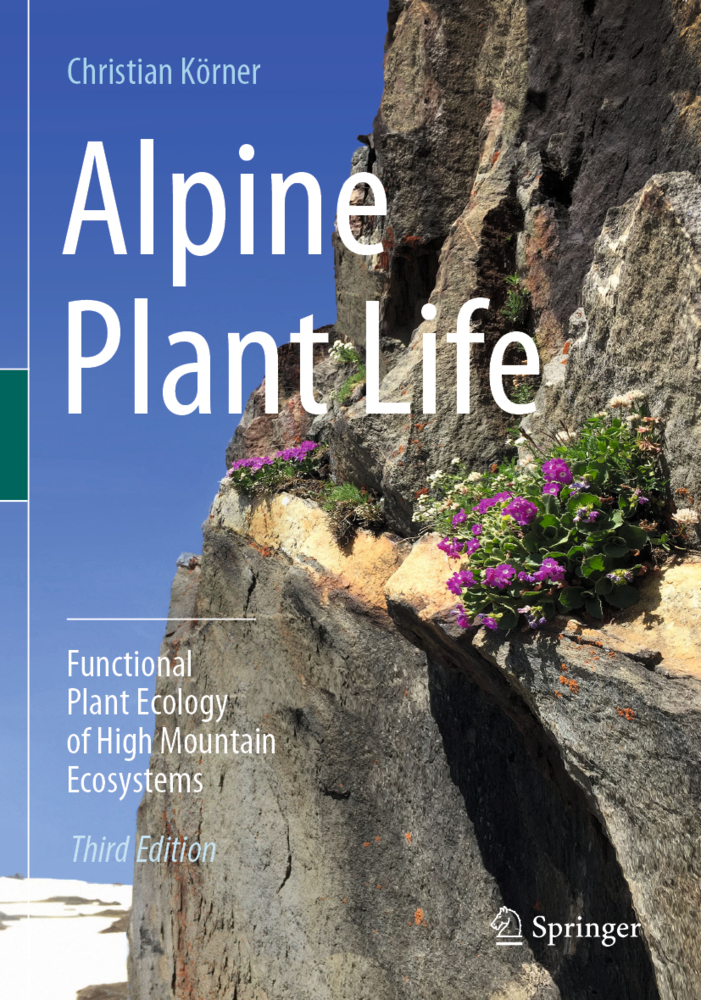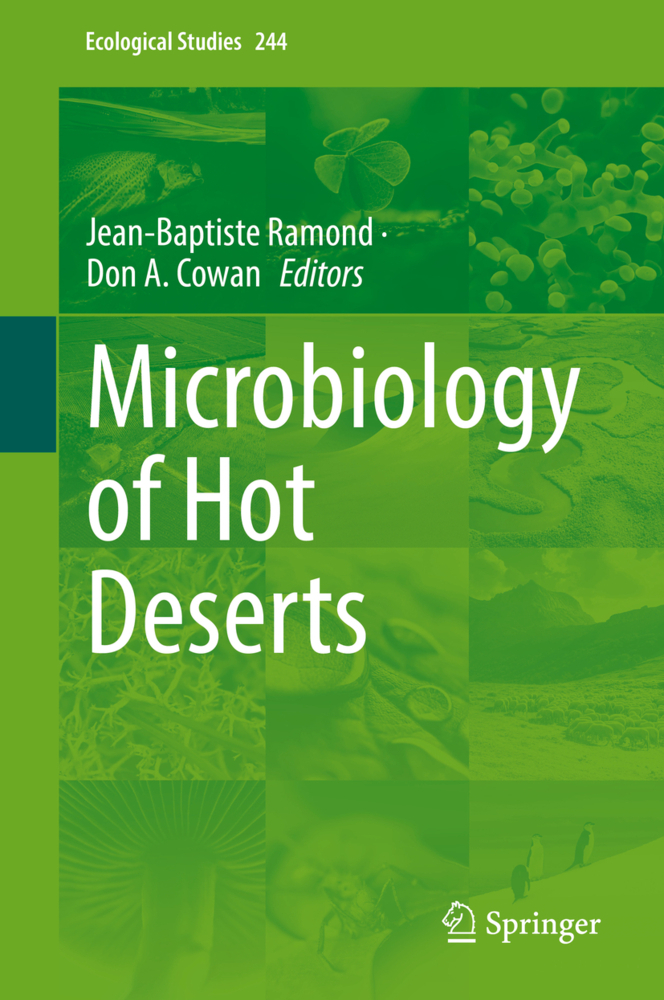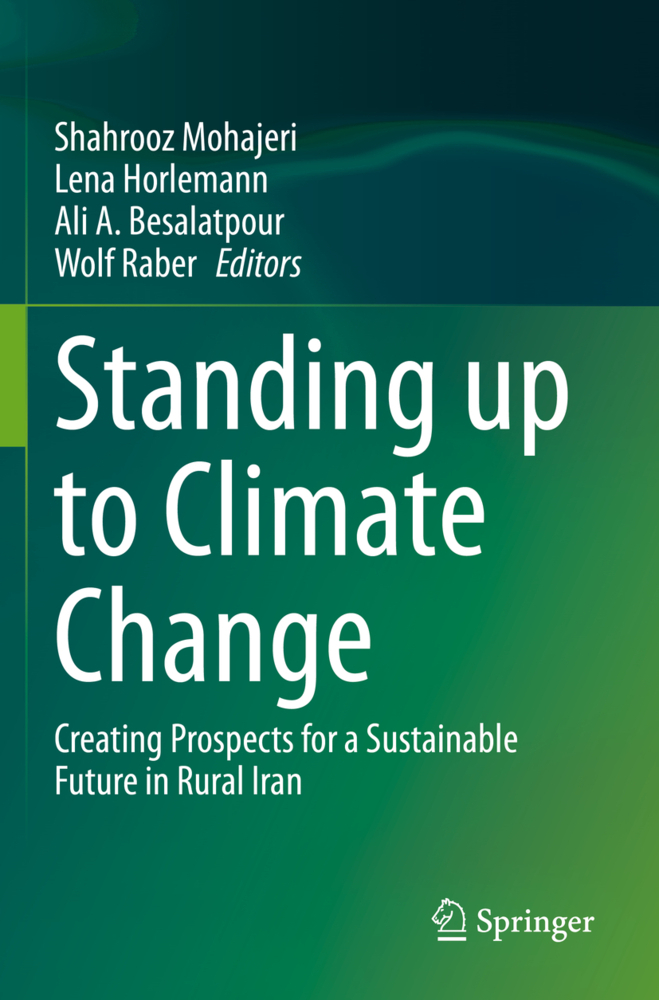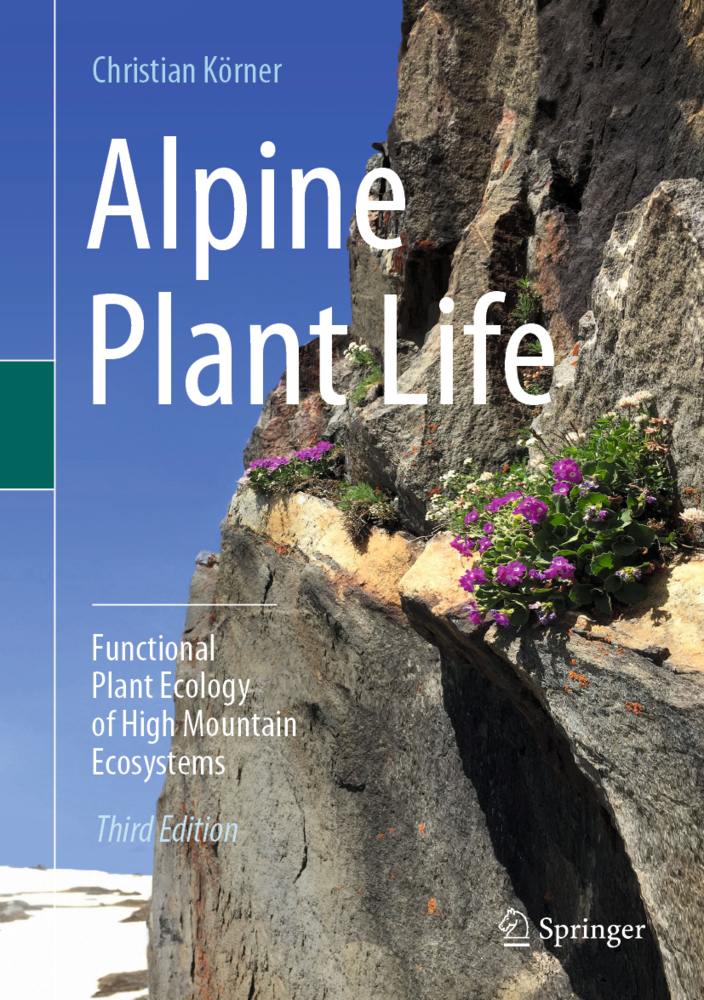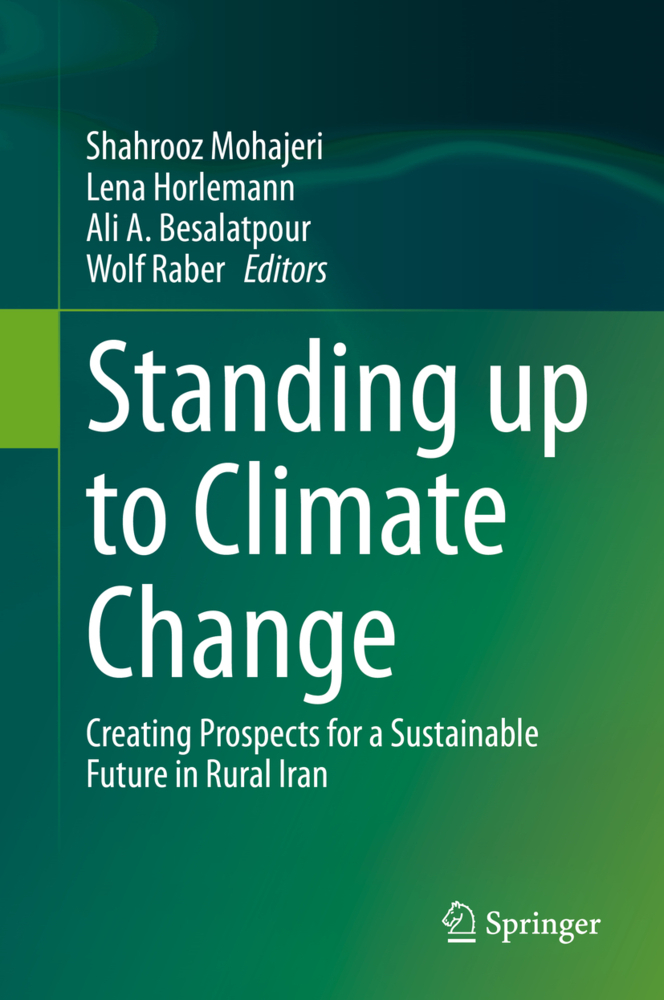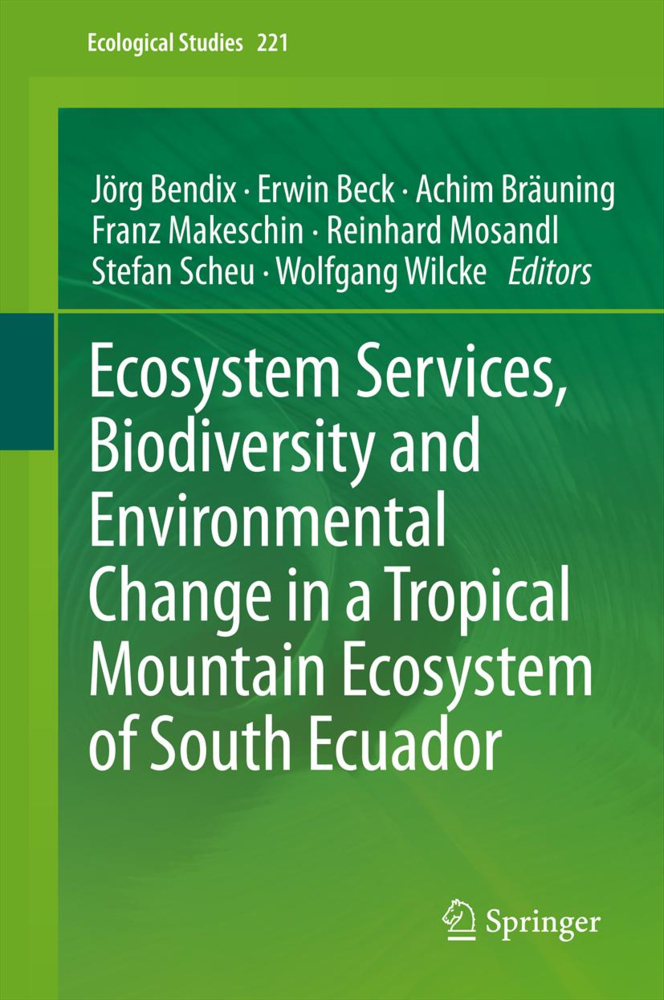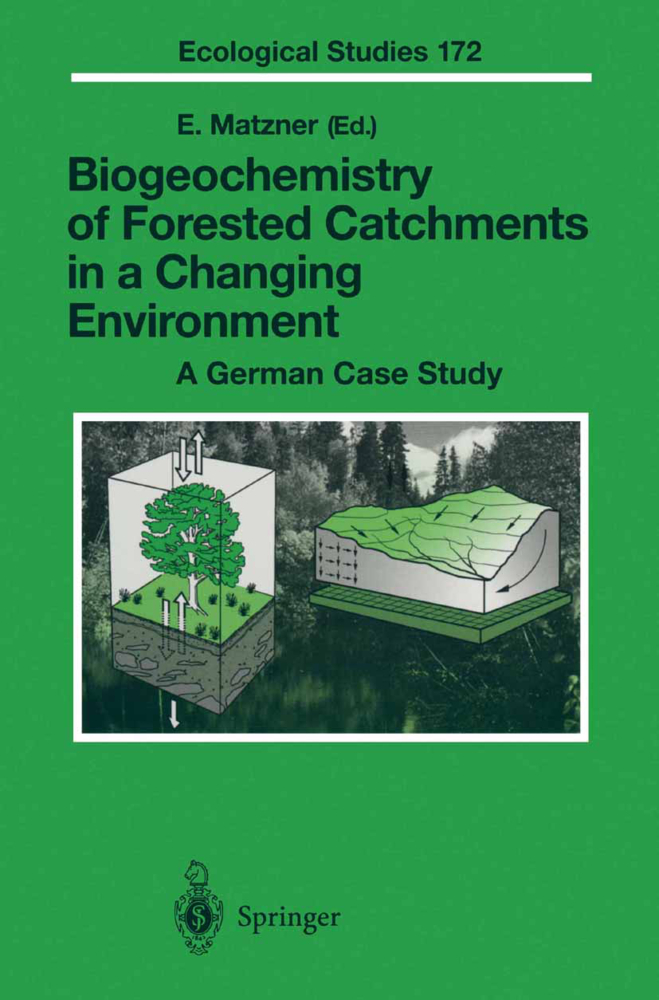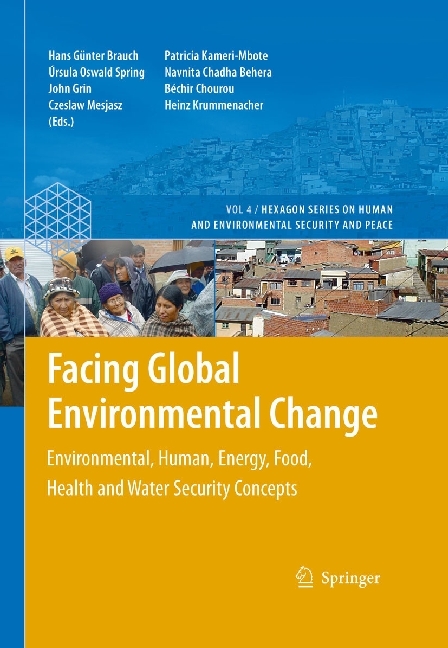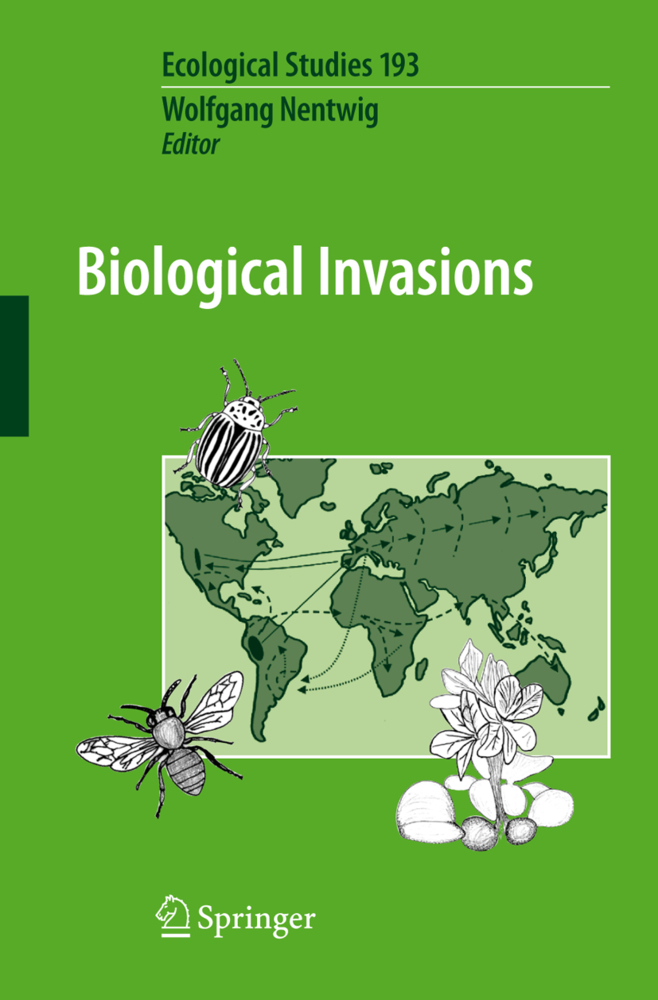Dryland East Asia: Land Dynamics amid Social and Climate Change
Drylands in East Asia (DEA) are home to more than one billion people and vulnerable to natural and anthropogenic changes. In order to develop adaptation strategies one needs to know how ecosystems respond to these changes. The book provides state-of-the-art knowledge on drylands ecosystem dynamics, climate changes, and land use in DEA. With contributions from international experts, the book will be of interest both to researchers and students.
Jiquan Chen, University of Toledo, OH, USA; Shiqiang Wan, Henan University, China; Geoffrey Henebry, South Dakota State University, Brookings, SD, USA; Jiaguo Qi, Michigan State University, Ann Arbor, USA; Garik Gutman, Land Cover Land Use Change Program, NASA, Washington DC, USA; Ge Sun, Southern Research Station, USDA Forest Service, Asheville, NC, USA; Martin Kappas, Georg August University, Göttingen, Germany.
1;Part I. State and Changes in Dryland East Asia;271.1;1 State and Change of Dryland East Asia (DEA);291.1.1;1.1 Geography, Demography and Economics in DEA;291.1.2;1.2 Climate and Land-Use Changes;361.1.3;1.3 Ecosystem Production and Evapotranspiration;401.1.4;1.4 Scientific and Societal Challenges for Adaptations in DEA;421.1.5;References;461.2;2 Dryland East Asia in Hemispheric Context;491.2.1;2.1 Study Regions;491.2.2;2.2 Change Analysis of Vegetated Land Surface;511.2.3;2.3 Retrospective Trend Analysis Reveals Areas of Significant Change;521.2.4;2.4 Vegetation Change in Three Epochs;531.2.5;2.5 Land Cover Variation and Change;561.2.6;2.6 Precipitation Variation and Change;601.2.7;2.7 Conclusion;641.2.8;References;651.3;3 NEESPI and MAIRS Programs in Dryland East Asia;711.3.1;3.1 Introduction;711.3.2;3.2 Contrast and Comparison;731.3.2.1;3.2.1 The Programs;731.3.2.2;3.2.2 Research Approaches;741.3.2.3;3.2.3 Organization Structure;751.3.2.4;3.2.4 Major Research Activities;751.3.3;3.3 Major Findings and Achievements;761.3.3.1;3.3.1 Understanding Climate Change;761.3.3.2;3.3.2 Understanding Societal Consequences;771.3.3.3;3.3.3 Understanding Ecosystem Impacts;791.3.3.4;3.3.4 Institutional Responses to Environmental Change;801.3.3.5;3.3.5 Understanding Challenges;801.3.4;3.4 Conclusions;821.3.5;References;831.4;4 Land Use and Land Cover Change in Dryland East Asia;871.4.1;4.1 Introduction;881.4.2;4.2 Global Land Use Changes through Centuries;911.4.3;4.3 Long-Term Changes in Cropland and Pastureland in DEA;921.4.4;4.4 Recent Changes in Asian Drylands;941.4.4.1;4.4.1 Rangeland Degradation and Desertification and Increased Cropland;941.4.4.2;4.4.2 Grassland Recovery;981.4.4.3;4.4.3 Reforestation/Afforestation;981.4.5;4.5 Sahel Land Use Change;1001.4.6;References;1041.5;5 Urban Expansion and Environment Change in Dryland East Asia;1071.5.1;5.1 Introduction;1071.5.2;5.2 Study Area, Data, and Methodology;1091.5.2.1;5.2.1 Study Area;1091.5.2.2;5.2.2 Data and Methodology;1111.5.3;5.3 Findings;1121.5.3.1;5.3.1 Urban Expansion;1131.5.3.2;5.3.2 Environment Impact;1161.5.4;5.4 Case of ¨Ur¨umqi;1181.5.4.1;5.4.1 Spatio-Temporal Change in Ürümqi;1181.5.4.2;5.4.2 Environment Challenges of Ürümqi;1201.5.5;5.5 Discussion;1221.5.5.1;5.5.1 Characteristics of Urbanization in Arid Regions;1221.5.5.2;5.5.2 Socio-Economic Factors Driving Urbanization;1231.5.6;5.6 Conclusions;1251.5.7;References;1261.6;6 Ecosystem Carbon Cycle under Changing Atmosphere, Climate and Land Use in Dryland East Asia;1311.6.1;6.1 Introduction;1311.6.2;6.2 Simulated Ecosystem Carbon Patterns in DEA;1321.6.3;6.3 Responses of Ecosystem Carbon Cycling to Atmospheric Change;1361.6.3.1;6.3.1 CO2 Enrichment;1361.6.3.2;6.3.2 Nitrogen Deposition and Its Impact on DEA Ecosystems;1371.6.4;6.4 Responses of Ecosystem Carbon Cycling to Climate Change;1381.6.4.1;6.4.1 Responses to Precipitation Changes;1381.6.4.2;6.4.2 Responses to Temperature Changes;1391.6.5;6.5 Responses of Ecosystem Carbon Cycling to Land Use and Land Cover Changes;1401.6.6;6.6 Interactions among Environmental Changes;1411.6.6.1;6.6.1 Limitation of Nitrogen Availability on CO2 Impacts;1411.6.6.2;6.6.2 Dependence of Nitrogen Effects on Water Status (Precipitation Regimes);1421.6.6.3;6.6.3 Interaction between Temperature (Warming) and Water Availability (Precipitation);1421.6.6.4;6.6.4 Relationship and Interactions between Land Use and Climate Changes on Ecosystem Carbon Cycling;1431.6.7;6.7 Carbon Sequestration Potential and Human Adaption to Climate Change;1441.6.8;References;1441.7;7 Dynamics of Vegetation Productivity in Dryland East Asia from 1982 to 2010;1511.7.1;7.1 Introduction;1511.7.2;7.2 Data and Methods;1531.7.2.1;7.2.1 AVHRR NDVI;1531.7.2.2;7.2.2 MODIS NDVI;1541.7.2.3;7.2.3 Land Cover Map;1551.7.2.4;7.2.4 MERRA Reanalysis Data;1551.7.2.5;7.2.5 Agricultural Statistics;1551.7.2.6;7.2.6 Statistical Analysis;1571.7.3;7.3 Results a
Chen, Jiquan
Wan, Shiqiang
Henebry, Geoffrey
Qi, Jiaguo
Gutman, Garik
Sun, Ge
Kappas, Martin
Higher Education Press
| ISBN | 9783110287912 |
|---|---|
| Artikelnummer | 9783110287912 |
| Medientyp | E-Book - PDF |
| Copyrightjahr | 2014 |
| Verlag | Walter de Gruyter GmbH & Co.KG |
| Umfang | 496 Seiten |
| Sprache | Englisch |
| Kopierschutz | Digitales Wasserzeichen |

